#Paraffin
Text
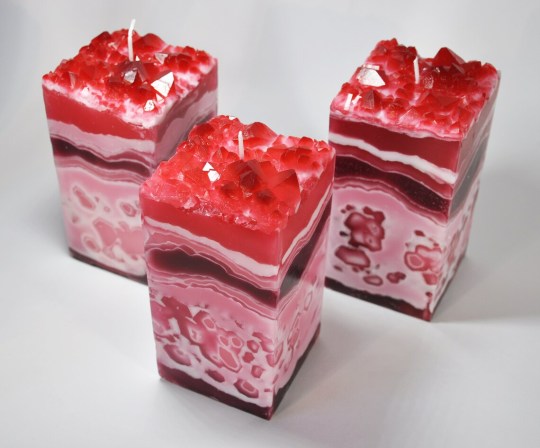
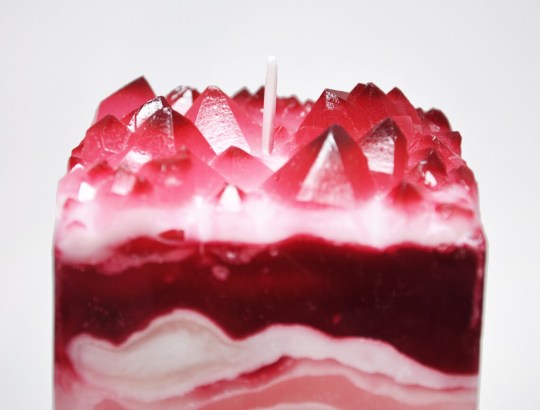

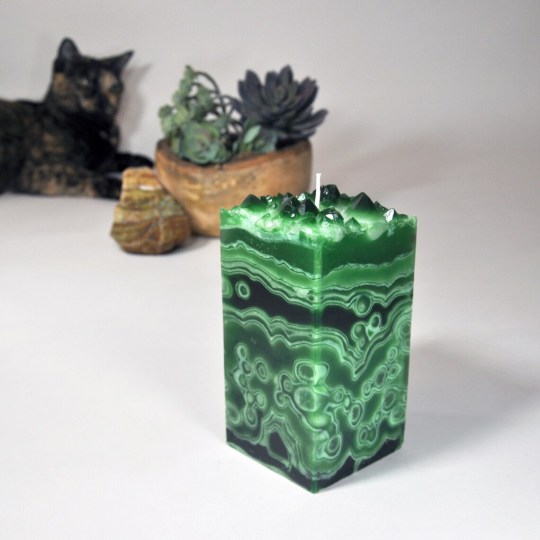



Crystal Pillar Candles by AmethystAmberCandles on Etsy
86 notes
·
View notes
Text
Cracked the code

60 notes
·
View notes
Text
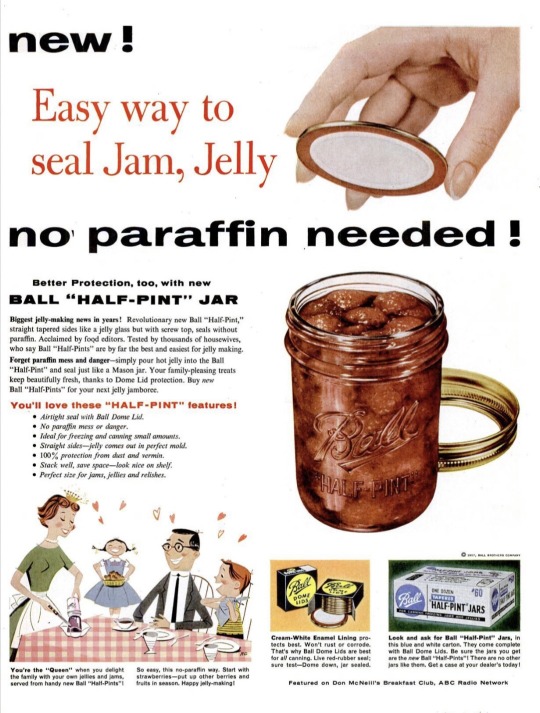
1957 Ball Canning Jars
#1957#ball#paraffin#canning#jar#preserves#cerealkiller#vintage food#food#vintage advertising#vintage magazine#kitchen#magazine#1950s#50s#50s ads
68 notes
·
View notes
Video
Autumn's End. by Marcus Rodriguez
#still life#memoryweaver#nursery oil lamp#kerosene#paraffin#oil lamp#daylight#ivy#kettle#pot#enamel#coffee#tabletop#top down#sickle#squash#colors#colours#fall#autumn#flickr#Photography#Autumn Aesthetic#Autumncore#Fall Aesthetic#Autumn Cozy#Fall Blog#apples#fruit#gourds
36 notes
·
View notes
Text
Camping candle made of paraffin and cardboard. 350 ml of water boiled in 8 minutes
20 notes
·
View notes
Video
youtube
Samiam - Paraffin
3 notes
·
View notes
Photo





On October 17th 1850 James Young obtained the patent for the extraction of paraffin from shale.
James ‘Paraffin’ Young, was a chemist, inventor and pioneer of the oil industry. He had a long association with Anderson’s University, the ancestor of the University of Strathclyde, starting from 1830 when he attended evening classes there. The following year he was appointed laboratory assistant to chemistry professor, Thomas Graham. It was whilst a student at Anderson’s University that Young formed a lifelong friendship with fellow student David Livingstone. A generous benefactor throughout his life, Young financed David Livingstone’s explorations in Africa.Young continued his association with the University, becoming president of the institution in 1868, a position he held until 1877. In 1870, he established the Young Chair of Technical Chemistry to support industry based chemistry within the institution.A great innovator, Young patented numerous and diverse industrial processes. This patent for improvements in distilling is one of several in the University Archives. It is inscribed on parchment and retains its original great seal. Patents proved vital to the profitability of Young’s work and he embarked on considerable litigation throughout his career against other companies attempting to infringe his rights.Young is perhaps best remembered for his distillation of cannel coal, producing a number of useful liquids. He entered into partnership with Edward Binney and Edward Meldrum for the manufacture of oils from cannel coal at Bathgate, West Lothian. Their works were completed in 1851, and paraffin fuel and solid paraffin sold from 1856. These were the first truly commercial oil-works in the world.
6 notes
·
View notes
Text
The process of linking monomers to form a polymer is called polymerisation (figure 26.1). (...) A good example of the importance of size is a comparison between paraffin wax, a natural polymer, and polyethylene, a synthetic polymer, both made from ethene (figure 26.1).

"Chemistry" 2e - Blackman, A., Bottle, S., Schmid, S., Mocerino, M., Wille, U.
#book quotes#chemistry#nonfiction#textbook#monomer#polymer#polymerization#ethylene#polyethylene#paraffin#wax
0 notes
Link
0 notes
Text
Exploring the Versatility of Paraffin Wax in Crafting and Beauty
Paraffin wax has become an indispensable ally across various industries, known for its adaptability and superb performance in crafting and beauty applications. Manufacturers and hobbyists alike prize this ingredient for the quality and flexibility it brings to their creations.
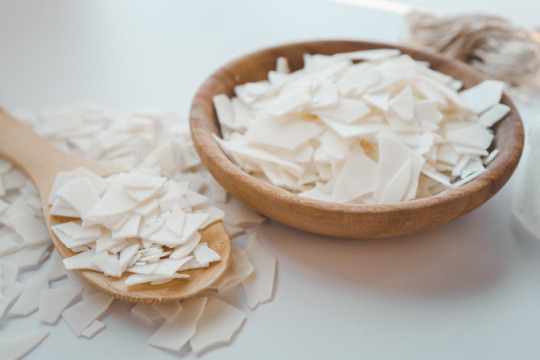
The Crafting Cornerstone: Candle Making
Candle Making Excellence
Candle Making artisans choose paraffin wax for its unrivaled burn quality and versatility. Its superb scent throw and vibrant color retention transform a simple candle into a sensory experience. Paraffin's ability to blend seamlessly with dyes and fragrances allows for endless creativity, resulting in candles that not only illuminate spaces but also reflect personal style and artistry.
Beauty and Therapeutic Applications
Skin Care and Therapeutic Treatments
In the beauty sector, paraffin wax emerges as a celebrated Cosmetic Additive, infused in creams and balms to enrich skin hydration. The wax's heat-retaining properties make it perfect for spa Therapeutic Treatments, where melted paraffin baths soften and improve skin elasticity, offering a spa-like retreat for hands and feet while easing joint pain.
Beyond Beauty: Practical Uses of Paraffin
Waterproofing and Lubrication
Beyond its role in aesthetics, paraffin wax serves as a robust Waterproofing Agent, creating a protective seal on a variety of surfaces. In industrial settings, it provides Lubrication to machinery, preventing rust and reducing friction, thus prolonging the life of mechanical parts with its smooth, protective layer.
Freshness in Coating
The food industry appreciates paraffin wax as a Coating for Fresh Produce, which keeps air and moisture at bay, extending the life of fruits and vegetables. Its protective coat ensures that the freshness of the harvest lasts longer, reducing food waste and retaining nutritional value.
Creative Explorations in Crafting
Diverse Craft Projects
For Craft Projects, the malleability of paraffin wax offers endless avenues for expression. It can be used in encaustic art, creating wax models for lost wax casting, and in making handcrafted crayons—each project benefiting from paraffin's easy-to-mold and firm-setting characteristics.
Elegance in Sealing Wax
In the realm of personal correspondence, paraffin wax as Sealing Wax lends an air of sophistication and tradition. It seals envelopes and documents with a personal touch, making it a cherished tool in both artisanal and official capacities.
A Trusted Method for Preservation
Sealing and Preservation
Paraffin wax is an age-old choice for the Preservation of jams and jellies. It seals out air, ensuring that homemade preserves stay fresh and flavorful long after they've been jarred.
Conclusion: Premium Paraffin from BRM Chemicals
The vast applications of paraffin wax underscore its importance as a multifunctional component in diverse fields. Recognizing the need for quality and consistency, BRM Chemicals provides top-tier paraffin wax to ensure that your products, from handcrafted candles to therapeutic beauty treatments, are unparalleled in excellence. With BRM Chemicals, elevate your creations with a soap base that stands the test of time and use. Contact BRM Chemicals for your supply of premium paraffin wax and let us help you achieve your creative and manufacturing goals.
0 notes
Text
Terraria girls

24 notes
·
View notes
Text
Choosing the best wax for your candles
Choosing the Best Wax for Your Candles
Candles are a great way to create a cozy and relaxing atmosphere in your home. They can also fill your space with delightful aromas and enhance your mood. But did you know that not all candles are made equal? The type of wax that is used to make a candle can have a significant impact on its performance, appearance, and quality. In this article, we will explore the different types of wax that are commonly used for candle making, and help you choose the best one for your needs.
Types of Wax for Candle Making
There are many types of wax that can be used to make candles, but the most popular ones are:
Soy Wax
This is a natural wax that is derived from soybean oil. It is one of the most eco-friendly and renewable waxes available, as it does not produce any harmful byproducts or toxins when burned. Soy wax is biodegradable and has a creamy and smooth texture. It can also hold a lot of fragrance oil and it burns slowly and evenly, creating a long-lasting candle. However, soy wax also has many drawbacks compared to other types, such as being prone to frosting (a white crystalline layer on the surface of the candle), having a lower melt point (which can affect its stability in hot weather), and requiring a longer curing time (which can delay the release of the scent). It also generally has a harder time getting a strong scent throw (how strong the fragrance is) and is aesthetically less pleasing vs other types of wax. Soy wax also doesn’t hold color as well as some other types.
Paraffin Wax
This is a wax that is made from petroleum. It is the most widely used and cheapest wax for candle making, as it is readily available and easy to work with. Paraffin wax has a high melt point, which makes it suitable for creating candles with different shapes and sizes. It also has a strong cold and hot scent throw, meaning candles made using this wax will generally smell the strongest vs any other wax. Paraffin, due to its ease of use and favorable properties, is often blended with other types of wax to stabilize them and make them more suitable for use in candles. However, paraffin wax also has some disadvantages, such as being non-renewable and non-biodegradable, and the controversy surrounding whether or not it produces any harmful emissions into your environment, although in reality, studies have shown virtually identical emissions between paraffin and other “more natural” candles. It is also important to mention that being non-biodegradable does not necessarily imply harmful to the environment in the same way that plastic might be. Highly processed paraffin wax (such as is often used in candles) can actually be food-grade and is used in food products at your local grocery store.
Coconut Wax
This is a natural wax that is made from coconut oil. It is a relatively new and innovative wax for candle making, as it offers many benefits over other waxes. It has a creamy and glossy appearance, and can hold a lot of fragrance oil. Coconut wax burns cleanly and slowly, creating a long-lasting and high-quality candle. However, coconut wax also has some challenges, such as being more expensive and harder to find than other waxes, having a higher viscosity (which can make it difficult to pour and wick), and requiring a specific type of wick (such as wooden or cotton wicks) to ensure a proper burn. The ability for a strong scent throw, combined with the natural origin of coconut wax, is why we incorporate it into our products at Salient Scents.
Beeswax
This is a natural wax that is produced by honey bees. It is one of the oldest and most traditional waxes for candle making, as it has been used for centuries. Beeswax usually has a golden and rich color, which can make it difficult to dye, however, versions exist that have been altered to be white and do not have this issue. Beeswax has a subtle and sweet honey scent. It is also hypoallergenic and antibacterial, which makes it ideal for people with allergies or sensitivities. Beeswax burns slowly and brightly, creating a warm and cozy ambiance. However, beeswax also has some limitations, such as being more expensive and harder to source than other waxes, having a low scent throw (which means that it does not emit a lot of fragrance when burned), and being incompatible with some fragrance oils (which can cause the wax to crack or separate).
Common Blends of Wax for Candle Making
In addition to using a single type of wax, some candle makers also like to blend different types of wax together to create a unique and customized product. Some of the common blends of wax for candle making are:
Soy and paraffin blend
This is a blend of soy wax and paraffin wax, usually in a ratio of 50:50 or 60:40. This blend combines the best of both worlds, as it offers the natural and eco-friendly benefits of soy wax, and the strong and versatile performance of paraffin wax. This blend can create candles with a smooth and creamy texture, a high scent throw, and a long burn time. However, this blend can also inherit some of the drawbacks of both waxes, such as being prone to frosting and requiring a longer curing time.
Coconut and soy blend
This is a blend of coconut wax and soy wax, usually in a ratio of 70:30 or 80:20. This blend is one of the most popular and premium blends for candle making, as it offers the high-quality and luxurious features of coconut wax, and the natural and renewable advantages of soy wax. This blend can create candles with a glossy and smooth texture, a high scent throw, and a clean and slow burn. However, this blend can also be more expensive and harder to find than other blends, and require a specific type of wick to ensure a proper burn.
Beeswax and coconut blend
This is a blend of beeswax and coconut wax, usually in a ratio of 30:70 or 40:60. This blend is a great option for those who want to create a natural and organic candle, as it combines the benefits of beeswax and coconut wax. This blend can create candles with a rich and golden color, a subtle and sweet scent, and a bright and long-lasting burn. However, this blend can also be more costly and harder to source than other blends, and have a low scent throw and a high viscosity.
How to Choose the Best Wax for Your Candles
As you can see, there are many factors to consider when choosing the best wax for your candles, such as the type, the blend, the performance, the appearance, the quality, and the cost. Ultimately, the best wax for your candles depends on your personal preference, your budget, your target market, and your desired outcome. Here are some tips to help you choose the best wax for your candles:
Determine your goal
What is the purpose of your candle? Is it to create a relaxing and cozy atmosphere, to fill your space with a delightful aroma, to decorate your home with a beautiful and unique product, or to sell your candles to a specific niche or audience? Knowing your goal can help you narrow down your options and focus on the most important aspects of your candle.
Do your research
Before you buy any wax, make sure you do your research and learn as much as you can about the different types and blends of wax, their pros and cons, their compatibility with other ingredients, and their best practices. You can also read reviews, watch tutorials, join forums, and ask questions to other candle makers who have experience with the wax that you are interested in. Doing your research can help you avoid mistakes, save money, and achieve better results.
Experiment and test
Once you have chosen your wax, the next step is to experiment and test it with different combinations of fragrance oils, colors, wicks, jars, and other additives. You can also try different ratios, temperatures, pouring methods, and curing times to see how they affect your candle. Experimenting and testing can help you find the optimal formula for your candle, and also discover new and creative possibilities.
Why You Should Try Coconut-Blended Candles from Salient Scents
If you are looking for a high-quality and luxurious candle that can offer you the best of both worlds, you should try coconut-blend candles from Salient Scents. Our candles are handcrafted with a blend of coconut wax and paraffin, which gives them a glossy and smooth texture, a high scent throw, and a clean and slow burn. Our candles are also infused with premium fragrance oils that are carefully selected and blended to create unique and captivating scents. Whether you want to treat yourself or someone else, Salient Scents has a candle for every occasion and mood. Salient Scents is more than just a candle company, it is a lifestyle brand that aims to inspire and delight you with each and every unique candle. Give us a try and experience the difference for yourself.
Visit our website salientscents.com
Find out how our candles trap and eliminate foul odors
0 notes
Text
Camping candle made of paraffin and cardboard. 350 ml of water boiled in 8 minutes, the total burning time of the can is about 1.5-2 hours. Melt the paraffin, fill in the cardboard, let the paraffin harden and then use it.
3 notes
·
View notes










